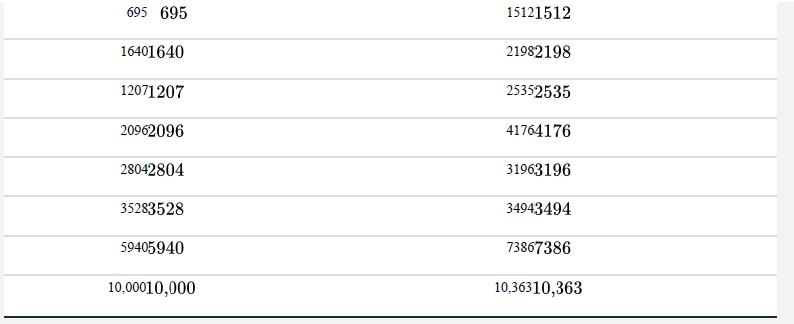Is the scaling of respiratory metabolism to body size in plants similar to that found in animals,
Question:
Is the scaling of respiratory metabolism to body size in plants similar to that found in animals, where an approximate 3/4-power relation seems to hold? The data below are measurements of aboveground mass (in g) and respiration rate (in nmol/s) in 10 individuals of Japanese cypress trees (Chamaecyparis obtusa). They were obtained from a larger data set amassed by Reich et al. (2006). Respiratory metabolism (Y) is expected to depend on body mass (X) by the power law, Y=αXβ , where β is the scaling exponent.


a. Use linear regression to estimate β for Japanese cypress. Include a standard error of your estimate.
b. Plot your line and the data in a scatter plot.
c. Use the 95% confidence interval to determine the range of most-plausible values for β based on these data. Does this range include the value 3/4 ?
d. Carry out a formal test of the null hypothesis that β=3/4.
e. It is a challenge to estimate mass and respiration rate of a living tree in the field, and both measurements are likely subject to measurement error. How is measurement error in each of these two traits likely to affect the estimate of the exponent?
f. What fraction of the variation in log respiration rate is explained by variation in log mass?
Step by Step Answer:

The Analysis Of Biological Data
ISBN: 9781319226237
3rd Edition
Authors: Michael C. Whitlock, Dolph Schluter





